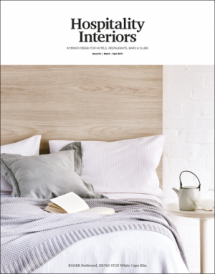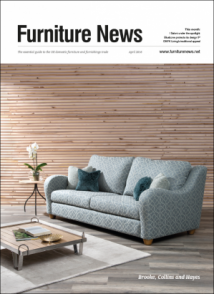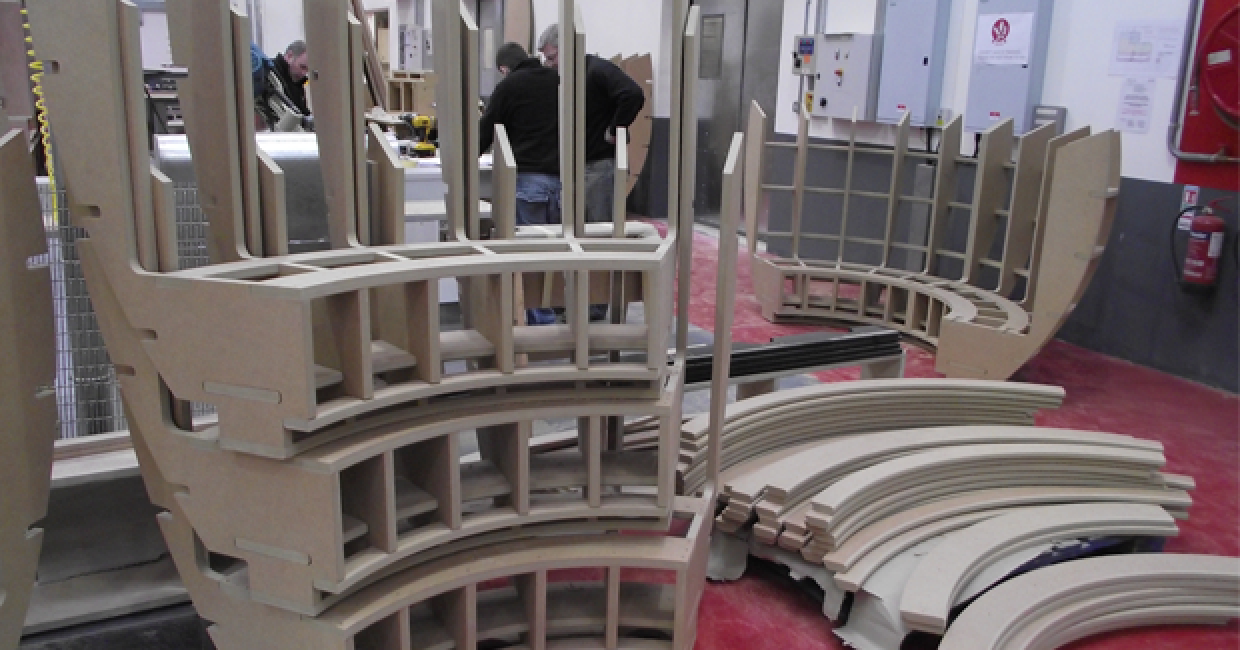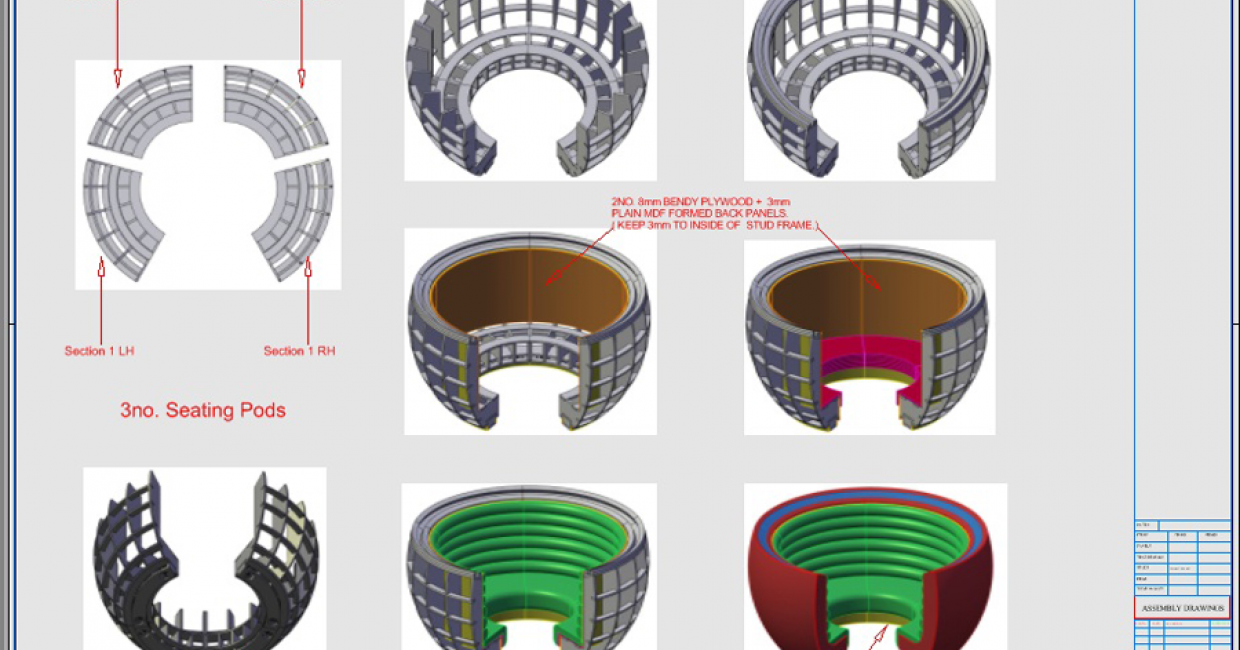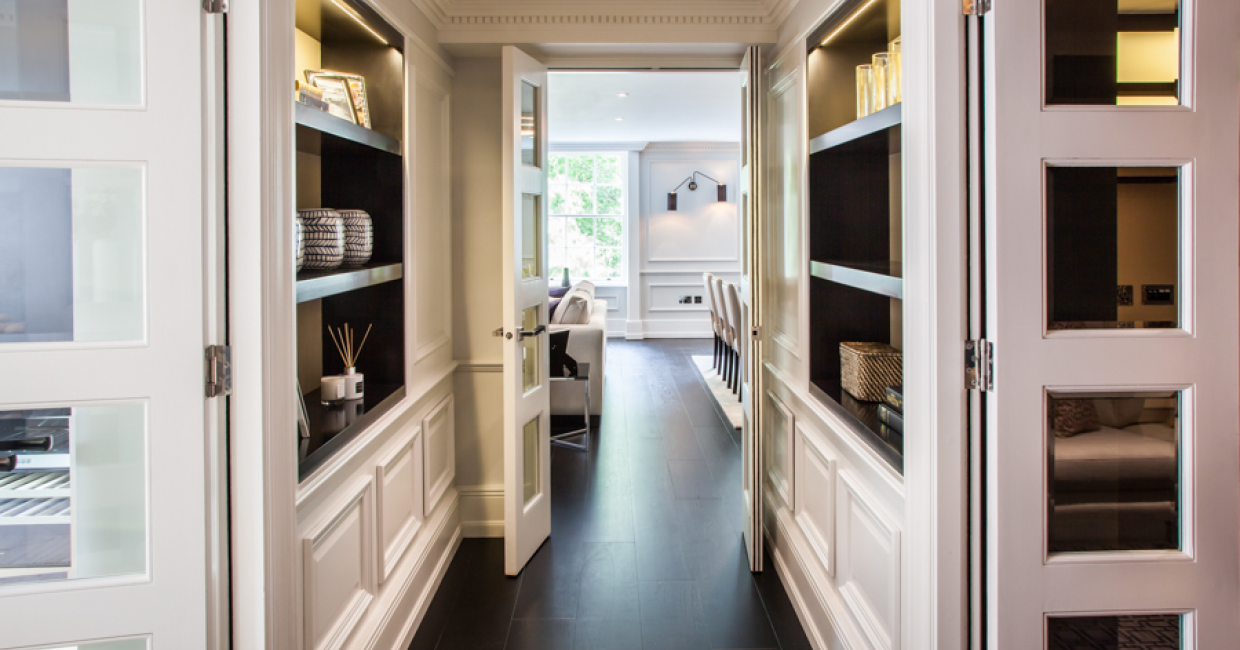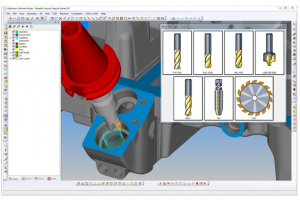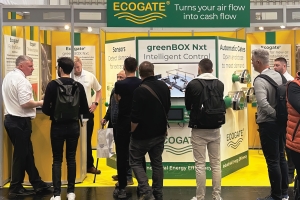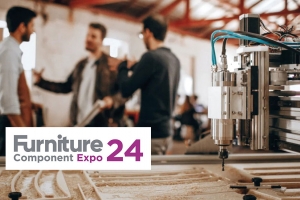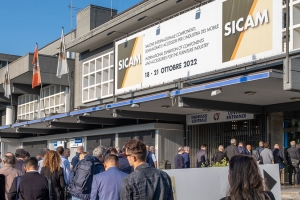Specialist Joinery Group says that creating the pods for the Lakeside Shopping Centre in Essex would take three times longer without Alphacam software, and it could not be competitive. “The pods involve considerable curved work, but the components can mainly be cut in one set-up with Alphacam,” says technical manager Terry Devlin.
As well as the Homag Optimat BOF 311, Alphacam also programs a CNC edging machine to put a 2mm PVC edge on a curve, and a Homag multi-bore. But it is the five-axis capability that he finds the most useful. “A growing number of our projects call for five-axis work, and we’d have to sub-contract that part of the operation out if we didn’t have Alphacam.”
Operating with around 100 staff in 80,000 sq ft premises in Maghera, Northern Ireland, the company recently celebrated its 25th anniversary with a £3m expansion and commitment to create 30 new local jobs over the next three years.
Specialist Joinery Group work throughout the construction sector manufacturing high quality fitted furniture and bespoke joinery items. Marketing director Paula McCloskey explains that the company’s products include reception counters, feature and acoustic panelling, and a range of furniture for schools, universities, hotels, laboratories and healthcare.
With customers across the UK and Ireland, one contract involved designer items for luxury apartments in London priced between £5m and £8m. Other work has been for a number of hospitals, universities and colleges, Exchange Tower in Docklands, The World Wildlife Fund, and the Olympic Village Legacy Project where Specialist Joinery Group provided furniture for residences converted from the athletes’ accommodation.
“We’ve won a number of contracts because of the five-axis machining capability that Alphacam gives us, including The Guildhall in London. Very few companies could have handled that particular project because of the complexity of the design which involved curved and profiled acoustic wall panels over several floors.
“Although an architect’s pen can create any sort of curve, it’s a different story when it comes to actually machining it. Alphacam is paramount in enabling us to carry out five-axis machining within the required tolerances.”
Terry Devlin agrees that Alphacam is vital for its manufacturing process. “Sometimes we have to work off a plan view, so we model it and bring it into Alphacam ... but normally customers send us jobs in DWG format, so we create our own shop drawings and start breaking it down to see how we’re going to construct the project. Once it’s in Alphacam we select the cutting tool, set the toolpaths and calculate the amount of material needed.
“There are two options with the cutting list: it goes down to the machine shop manager who gets the parts ready and sends them to the router, or we feed the cut list to the beam saw and the parts are cut there before going to the router.”
He says most jobs require around 20% machining before they can be assembled, and with the high volume of work on the shop floor the parts would take too long to complete without Alphacam. And as material utilisation is important to them, to avoid wastage, all nesting is done through Alphacam.
The Lakeside seating pods are made from several individual layers of MDF. Specialist Joinery Group produces the assembled shell which is clad with Corian. In addition to the curves of each component, the company creates a void in the assembly to house lighting.
A company spokesman says: “Basically we manufacture it as a jig so the Corian can be formed to the correct shape. Being able to machine it on five axes, through Alphacam saves considerable time and manpower. The only alternative would be to laminate it, and that would just be too time-consuming.”
Specialist Joinery Group procures a range of materials to manufacture their products from MDF to solid walnut, it is all dependant on the client’s specific requirements.
“Alphacam is important for routing and multi-boring all types of material that we use. It guarantees that everything is within the correct tolerance which is especially important for ceiling features and wall panelling. As they’re installed last, often after walls have been painted, everything has to fit together perfectly to ensure there is no mess.”
